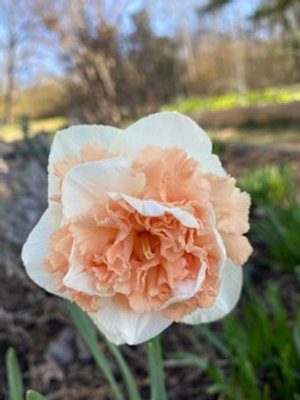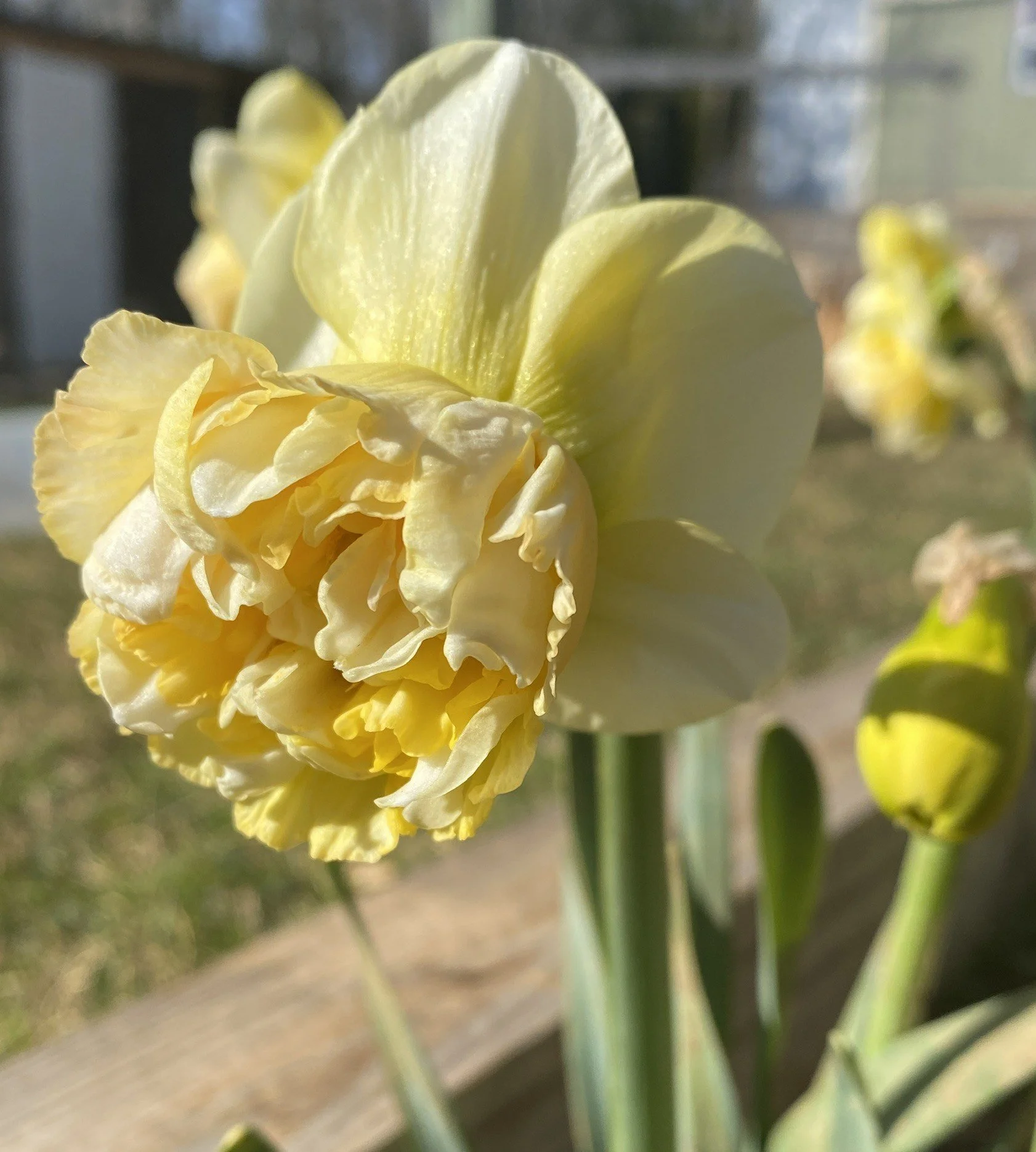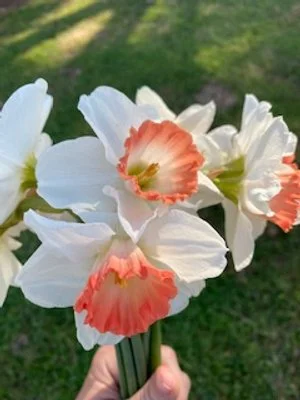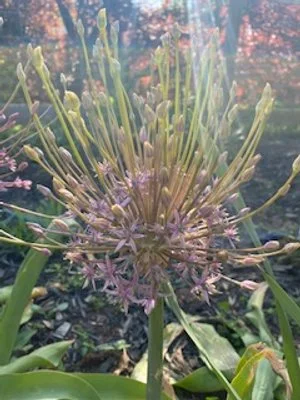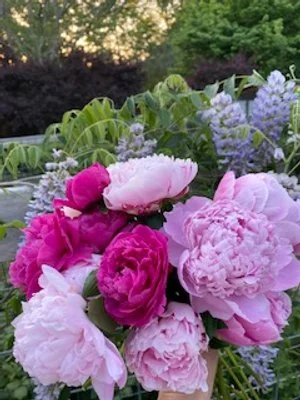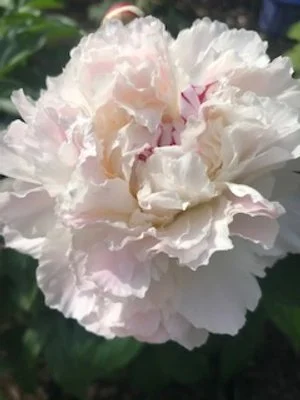Do you dream of flowers just outside your door this Spring, but aren’t sure what to choose? I’m here to help you! Let’s make your spring garden your best one yet!
I want to share some of my favorite no fail gorgeous perennial flowers that will faithfully return each year bigger and better. Each of these are best planted in the early fall once the ground temperature has cooled.
Narcissus come in many beautiful forms and colors.
Narcissus
Commonly known as Daffodils, these flowers are easily in my top 5 favorite flowers. Have you seen all the amazing varieties?! They are harbingers of spring, bringing color to our world when winter sky still lingers. They usually bloom March-April here in zone 7b. Below are some standouts from last Spring:
Mallee- This is a butterfly variety with ruffles of pink and a soft glowing yellow center. Not only is the open face form unique, but those colors!
Flower Surprise - She’s a daffodil diva like you’ve never seen! She wears a splendid frilly skirt of pale peachy pink. Pictures don’t do her justice; you just couldn’t have too many of these!
Art Design- If you grow one yellow daffodil let it be Art Design. This one has been my very favorite to date. It’s a dreamy shade of yellow with double ruffles that brings a warm sunny feeling even on cloudy days!
Pink Charm- This trumpet daffodil is anything but ordinary. With bold pink set against ivory petals and good vase life; she’s worth every penny!
Be sure to shop for bulbs in the summer or as soon as they hit the shelves. They sell out online by fall! Plant the bulbs in the fall or anytime until the ground freezes.
Allium
Allium are the perfect geometrical pop of fun in your garden. They are also ignored by deer, but adored by pollinators! There are all sorts of colors and heights to choose from, but I’d like to point you to my favorite purple alliums.
Purple Sensation – A great shade of purple, affordable, and perfect in a bouquet, what more could you ask for? 😊
Shubertii – This is a wild one that is so unusual you will have a novelty! Shubertii has been nicknamed the Tumbleweed Onion and looks a bit like a firework exploding. Think of it as a fun garden conversation piece that will get noticed!
Globemaster- You’ll pay a pretty penny, but these Alliums are among the best. The softball sized purple blooms are sterile which makes them extra-long lasting. These can really make a statement in your garden design!
Peonies
The Queen of Spring Flowers! Although there is a higher cost upfront, these plants will produce many blooms and outlive you if they are happy and healthy. Growing peonies in the hot humid south can be a challenge so I would recommend trying the more heat tolerate heirloom varieties:
Sarah Bernhardt –She’s an award-winning double pink variety AND has a sweet fragrance. Sarah B. is a must grow!
Festiva Maxima is the peony my mother grew at my childhood home so it holds a special place in my heart. Another award winner, this fragrant heirloom peony gets huge white blooms with intermittent crimson flecks that create fantastic visual interest. Love this one!
Kansas is a gorgeous crimson red that is great for cutting. Award winning and considered one of the best double red peonies available.
Peonies can be ordered as bare roots or as started plants. The more “eyes”
one has, the more mature.
So there you have it friends; 3 fantastic fall planted flowers to have a glorious Spring in your own backyard!



